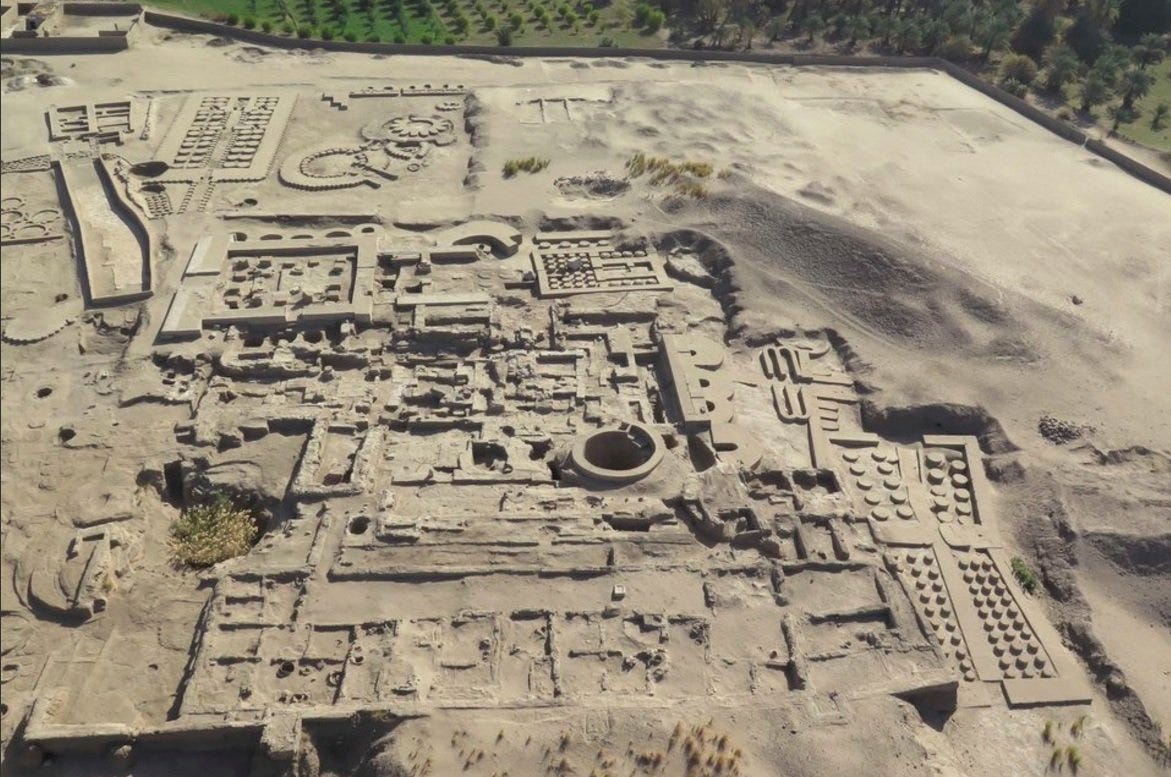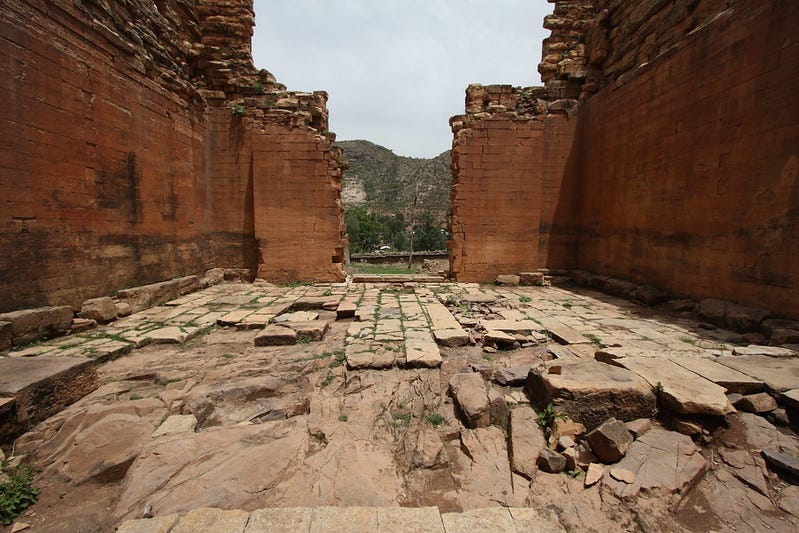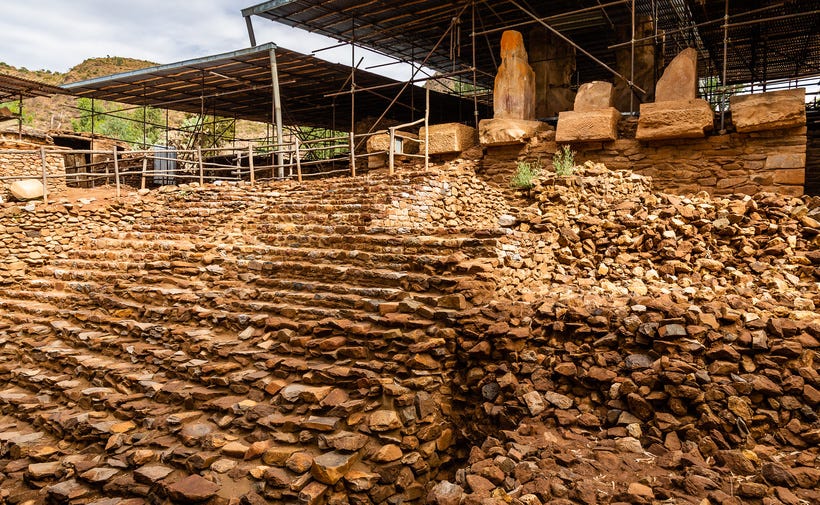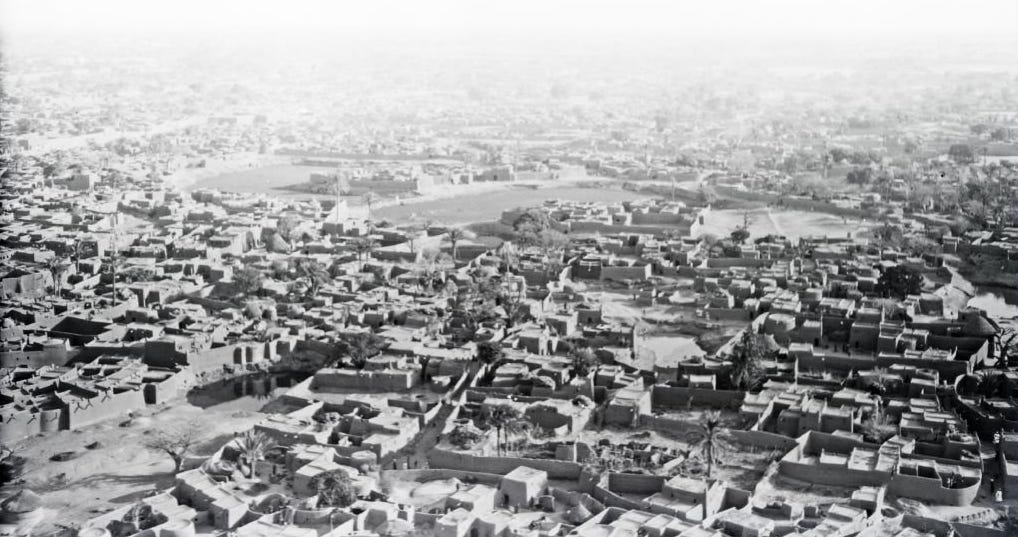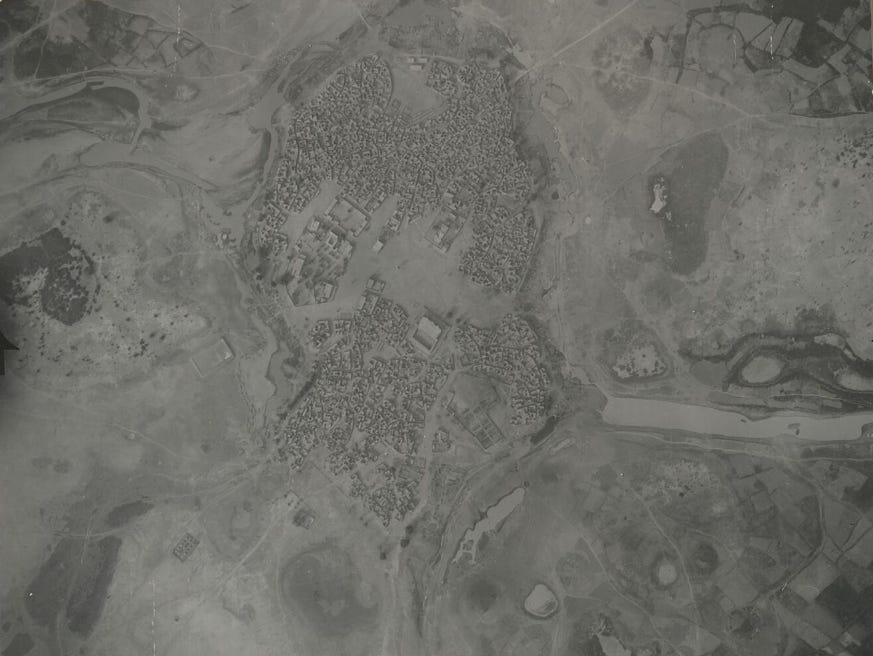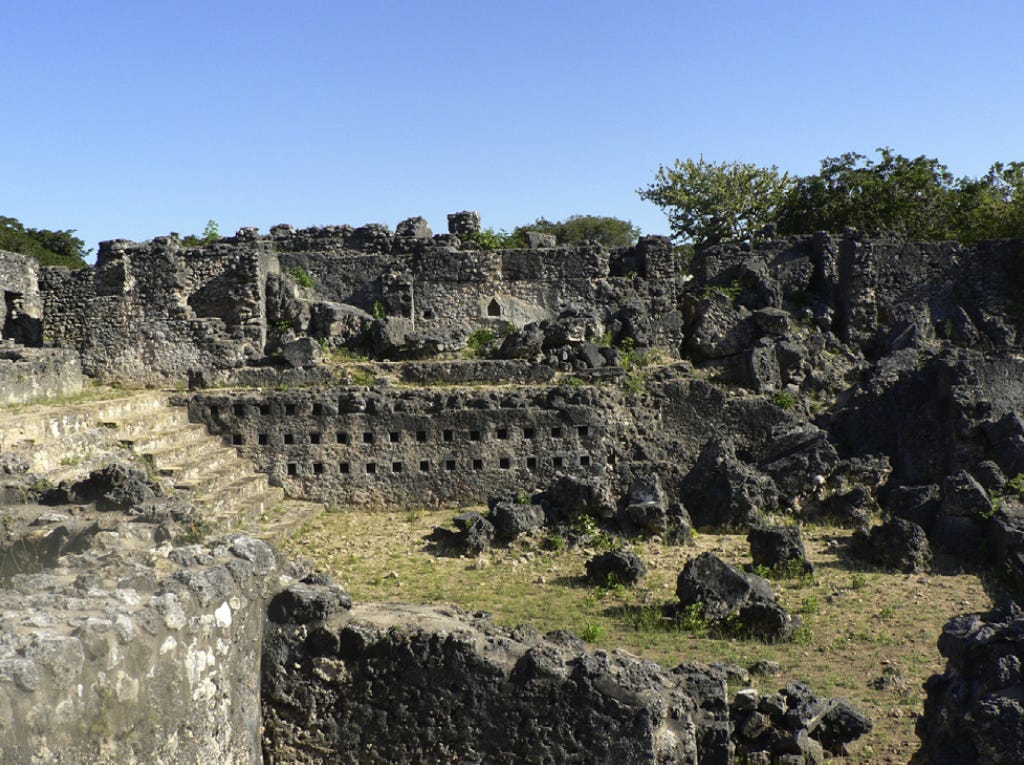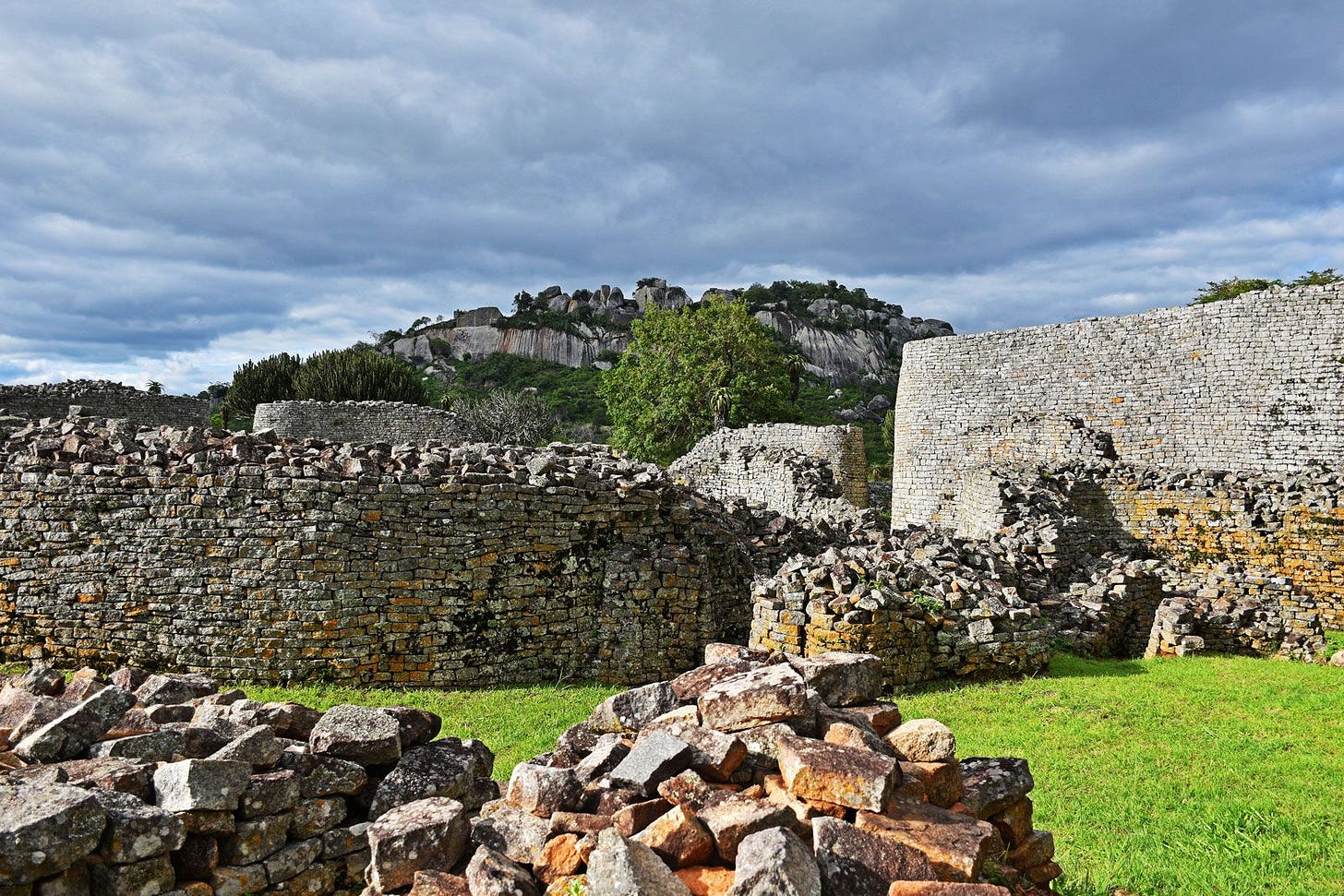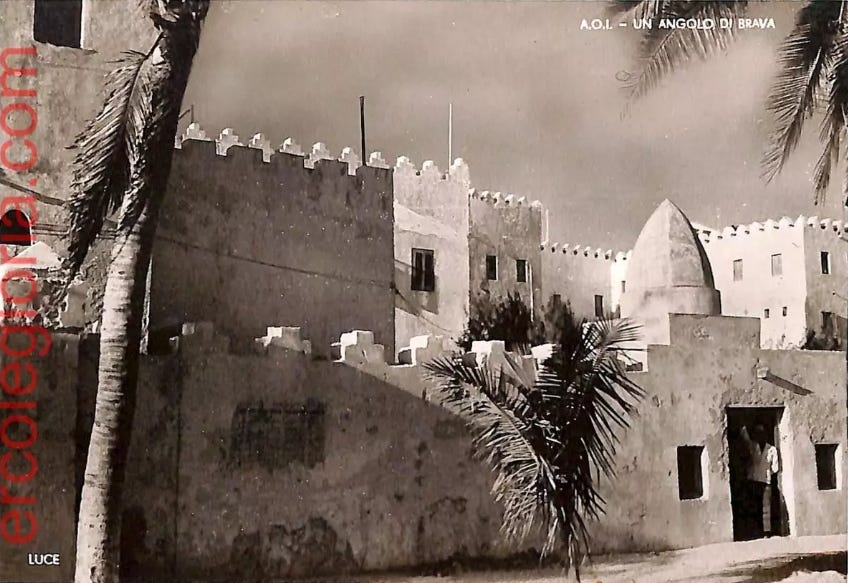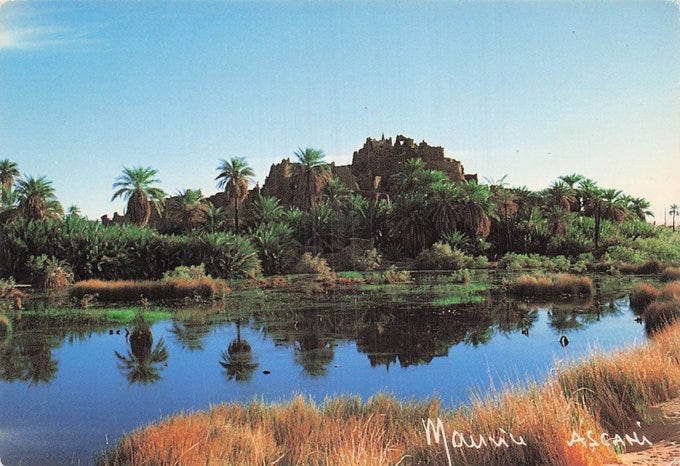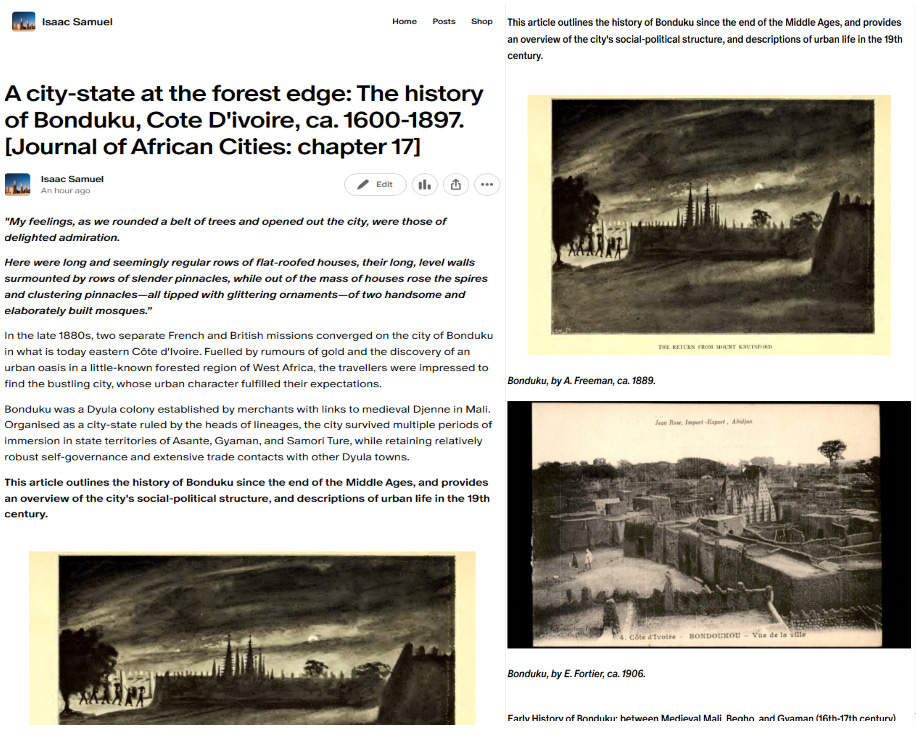Ancient cities and the development of urbanism in pre-colonial Africa: the view from Bonduku.
Historical and archaeological research on the origins of urbanism and ancient cities has long held a prominent position in the study of the rise of early states and civilizations.
Urbanism was an essential aspect of many pre-colonial African societies. Cities were arenas around which societies organized themselves: as centres of trade, as foci of political authority, and as sites of ritual power.
The vastness of Africa and its cultural pluralism defy a typology of urban settlements. African urban forms took on a dazzling array of expressions, confounding traditional expectations of normative Old World archetypes of what defines ‘urban.’
There is now a broader consensus that the emergence of urbanism in Africa has deep indigenous rather than extraneous roots, and that the earliest phases of that process preceded the emergence of states.1
Research in the Middle Nile valley cities of Kerma and Doukki Gel (Sudan), the pre-Aksumite towns of Yeha and Sembel (Ethiopia, Eritrea), and the Tichitt urban settlement of Dhaklet el-Atrous (Mauritania) has provided evidence for early settlement nucleation and hierarchies dating back to the 3rd-1st millennium BC.
Ruins of Doukki Gel in Sudan
Interior of the temple at Yeha, Ethiopia.
Palace of Grat Be’al Gebri at Yeha, Ethiopia.
Many instances of African urbanisation during the Middle Ages and the early modern period were linked to the processes of state formation and long-distance exchanges. The degrees of hierarchy across early urban sites were often historically and politically contingent.
Metropolises like Meroe (Sudan), Aksum (Ethiopia), Gao (Mali), Katsina (Nigeria), and Kilwa (Tanzania) linked the web of regional trade routes between satellite towns and neighbouring cities, with longer-range contacts extending beyond the continent.
These interlinked cities and towns included Sedeinga and Hamdab (for Meroe), Adulis and Matara (for Aksum), Djenne and Timbuktu (for Gao), Kano and Zaria (for Katsina), Sofala and Tsingoni (for Kilwa), among others.
Kano, Nigeria. ca. 1931, ETH Zurich.
Djenne, Mali. ca. 1946, Quai Branly.
The ‘audience court’ at Husuni Kubwa, Kilwa Kisiwani, Tanzania. Image by S. Wynne-Jones
The earliest written histories of states such as medieval Ghana (at Kumbi Saleh), Kanem (at Njimi), Kongo (at Mbanza Kongo), and Ethiopia (at Gondar) attest the presence of large capitals, which contained the royal courts, churches/mosques, and garrisons surrounded by permanent settlements of titleholders, officials, and subjects.
The numerous ruins of stone settlements found across southern Africa in Zimbabwe, Botswana, and South Africa, such as Great Zimbabwe, Domboshaba, Thulamela, and the Tswana capitals, were also urban centres of polities that combined inter-polity heterarchies and intra-polity hierarchies.
In most of Central Africa, the Atlantic coast of West Africa, and the Great Lakes region of East Africa, historical cities and towns developed as capitals of hierarchical societies, where large settlements grew around the royal courts at Abomey (Benin), Mbanza Kongo (Congo), Rubaga/Kampala (Uganda), and Kasongo (D.R. Congo). A few mercantile towns also emerged at Tabora and Ujiji (Tanzania).
Iyasu’s palace at Gondar, Ethiopia.
Valley ruins, Great Zimbabwe.
illustration of Olfert Dapper’s drawing of the Loango Capital, ca. 1686
Urbanism allowed ranges of specialists in metallurgy, clothmaking, glassworking, and other industries to flourish in centres like Ife (Nigeria), Harar (Ethiopia), Mogadishu (Somalia), and Pate (Kenya). Historical accounts often distinguish between these centres of production and mercantile cities like Zeila, Zanzibar, and the ksars of southern Mauritania, which developed as entrepots at the terminus of long-distance routes.
While many of these cities and towns formed elements of larger territorial states, others developed as city-states that consisted of multiple, competing, peer-polities with a shared cultural identity.
These African city-state societies include the Swahili of East Africa (eg; Lamu, Mombasa, and Brava); the Hausa of northern Nigeria (eg; Kano, Zaria and Katsina); the Kotoko of northern Cameroon (eg; Gulfey, Logone-Birni, and Kusseri), the Yoruba of southern Nigeria (eg; Ijebu, Abeokuta, Ibadan), among others.2
Other cities and towns developed as Oases, such as the ksars of Kawar in northern Niger (eg, Bilma and Djado), while some urban settlements were created as religious/intellectual centres like Lalibela, and Ksar el-Barka.
Brava (Barawa), Somalia.
Gulfey, Cameroon.
Palm grove and ksar of Djado, Niger.
Despite the diversity of African urban trajectories and the profound structural differences that existed between the societies served by these cities, there is clear evidence for extensive contact between Africa’s ancient cities, which influenced the spread of urbanism across the continent.
One such example is the city of Bonduku (also called Bondoukou/Bontuku), which was founded along the northern edge of the Forests of Côte d’Ivoire at the terminus of medieval trade routes.
Established at the end of the 16th century by Dyula/Wangara merchants from medieval Mali, the city of Bonduku became a major hub whose distinctive cultural tradition and architecture presented a stark contrast to its rural hinterland.
As one visitor in 1889 remarked:
“So different was Bontuku from anything we had hitherto encountered, and so flattering was the effect of the distance that separated us from it, that we felt as if we had suddenly emerged from our barbarous surroundings into an unlooked-for centre of culture and civilization.
Bontuku presented a great aggregation of long, regularly built, flat-topped houses, rising tier behind tier on the slope of a low hill, like the benches of an amphitheatre. The horizontal lines of the long level walls were broken by ranges of slender pinnacles, while out of the mass of buildings rose the spires and pointed turrets of the mosques, which at first sight had the appearance of small Gothic cathedrals.”
The history of Bonduku city is the subject of my latest Patreon article
Please subscribe to read more about it here and support this newsletter:
Precolonial African cities, size and density by C. Kusimba et al. In ‘Urbanism in the Preindustrial World: Cross-Cultural Approaches edited by Glenn R. Storey. ‘Africa’ by David Mattingly and Kevin MacDonald in ‘The Oxford Handbook of Cities in World History’ edited by Peter Clark. Urbanisation and State Formation in the Ancient Sahara and Beyond by Martin Sterry, David J. Mattingly. Ancient Middle Niger: Urbanism and the Self-organizing Landscape By Roderick J. McIntosh.
A Comparative Study of Thirty City-state Cultures: An Investigation edited by Mogens Herman Hansen


